<< Previous | Displaying results 1726-1750 of 6769 for "" | Next >>
During WWII, the Children’s Aid Society (OSE) operated 14 children's homes throughout France to save Jewish children from internment and deportation to killing centers.
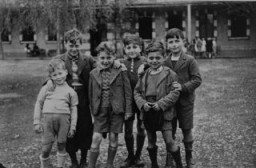
After WWII, many Holocaust survivors, unable to return to their homes, lived in displaced persons camps in Germany, Austria, and Italy. Read about Kloster Indersdorf DP camp.
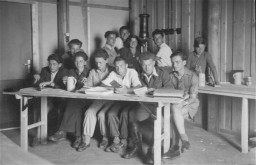
Groups of prisoners known as Sonderkommandos were forced to perform a variety of duties in the Nazi camp system, including in the gas chambers and crematoria.
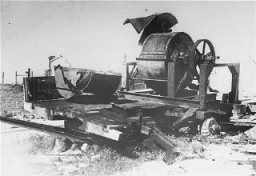
Before the Nazi rise to power, the countries of Europe had varied and vibrant Jewish communities. By 1945, two out of every three European Jews had been killed.
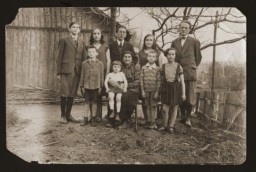
At the Berga-Elster subcamp of Buchenwald, prisoners were forced to do dangerous and brutal work in tunnels to support fuel production for the German war effort.
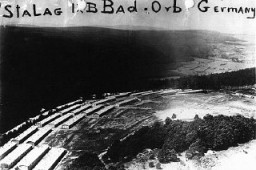
The Oranienburg concentration camp was established as one of the first concentration camps in Nazi Germany on March 21, 1933. Learn more
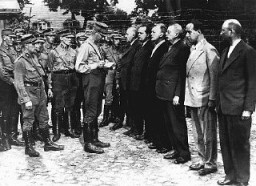
The Columbia-Haus camp was one of the early camps established by the Nazi regime. It held primarily political detainees. Learn more about the history of the camp.
In 1939, the Nazis established the Mannschafts-Stammlager (Stalag) IX B camp in Germany. Learn more about the camp’s history, prisoners, and liberation.
US immigration and refugee laws and policies evolved in response to World War I, the 1918 influenza pandemic, and World War II and the Holocaust. Learn more.
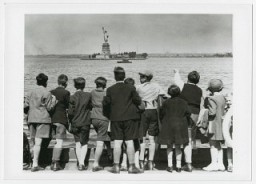
Dr. Mohamed Helmy and Frieda Szturmann helped save a Jewish family in the heart of Nazi Germany. Helmy was the first Arab recognized as Righteous Among the Nations.
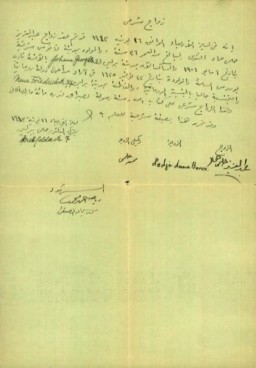
The Volkswagen automobile company went into military production during WWII, operating concentration and forced-labor camps. Learn more about its role.
Klaus Barbie, chief of the Gestapo in Lyon, France, was nicknamed the "Butcher of Lyon" for his brutal actions towards Jews and members of the French Resistance.
Under the Vichy regime, the Les Milles camp held foreign Jews before emigration or, in most cases, deportation to German concentration camps and killing centers.
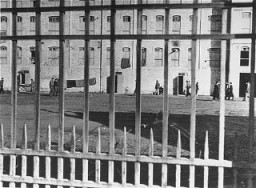
The Berlin-Marzahn camp was established a few miles from Berlin's city center, for the detention of Roma, on the eve of the 1936 summer Olympics.

In March 1942, the Hodonin camp was classified as a camp for Roma. It was a transfer station during deportation to Auschwitz-Birkenau. Learn about the camp and its history.
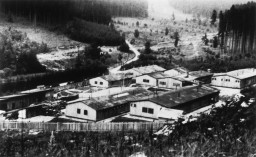
The Lackenbach internment and transit camp for Roma, located in what had been eastern Austria, was a departure point for deportations to Lodz and Auschwitz.
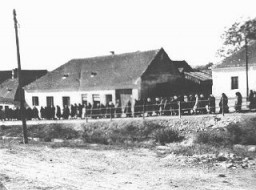
Benito Mussolini’s Fascist takeover of Italy was an inspiration and example for Adolf Hitler and the Nazi Party in Germany. Learn more.
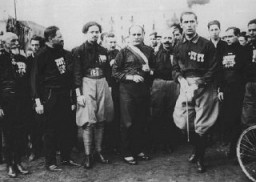
The SA (Sturmabteilung) was a paramilitary organization integral to Hitler’s ascension to power. Learn more about the rise and fall of the SA.
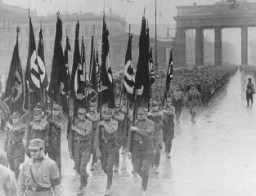
View an animated map showing key events in the history of the Warsaw ghetto, the largest ghetto established by the Germans in occupied Europe.
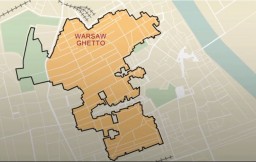
View an animated map of key events in the history of the Lodz ghetto in occupied Poland, from establishment by the Germans in 1940 until destruction in 1944.
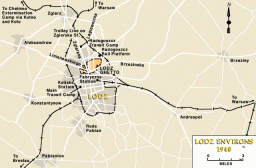
View an animated map describing some of the challenges survivors faced in the aftermath of the Holocaust, when many feared returning to their former homes.
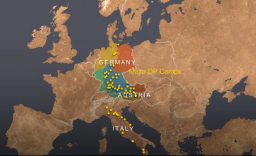
View an animated map of activities of the Einsatzgruppen—often called "mobile killing units"—as they followed the German army into newly seized territories.
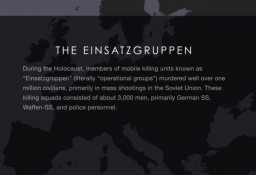
View animated map of key events toward the end of WWII in Europe as Allied troops encountered concentration camps, mass graves, and other sites of Nazi crimes.

View an animated map showing key events in the history of World War II and the Holocaust.
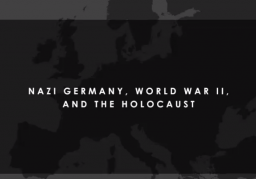
View an animated map showing key events in the history of the Dachau concentration camp, which was established by the Nazi regime in 1933.
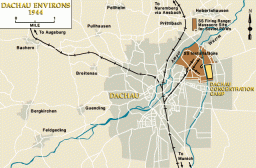
We would like to thank Crown Family Philanthropies, Abe and Ida Cooper Foundation, the Claims Conference, EVZ, and BMF for supporting the ongoing work to create content and resources for the Holocaust Encyclopedia. View the list of donor acknowledgement.